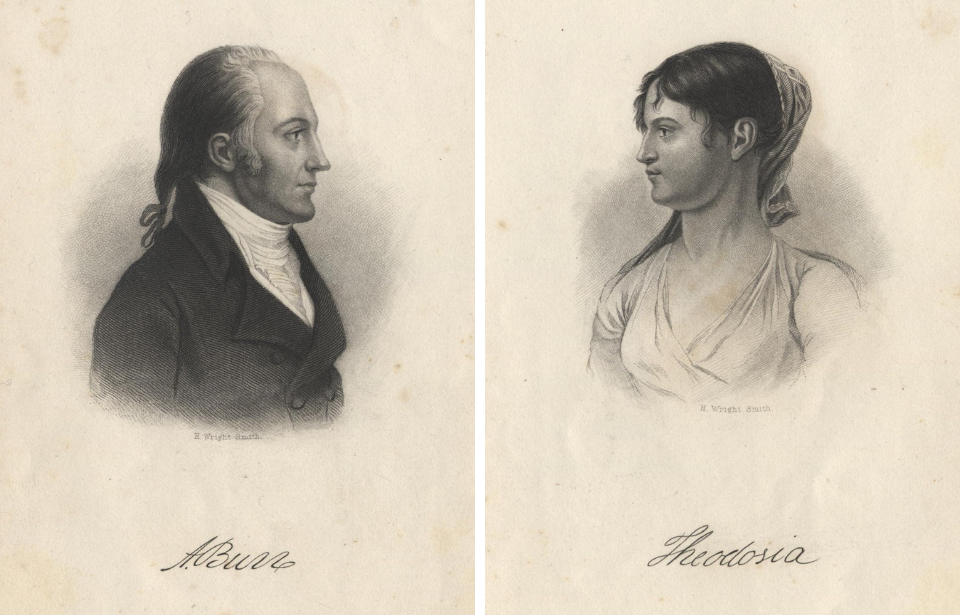Theodosia Burr was born into fame, although her life was pretty normal until she vanished in 1813. Her father, Aaron Burr, was a prominent political figure whose career was scandalous enough for the both of them, but their relationship with one another was strong. Theodosia’s mysterious disappearance weighed heavily on Burr, and it has never been solved.
Theodosia Burr had a privileged but difficult childhood
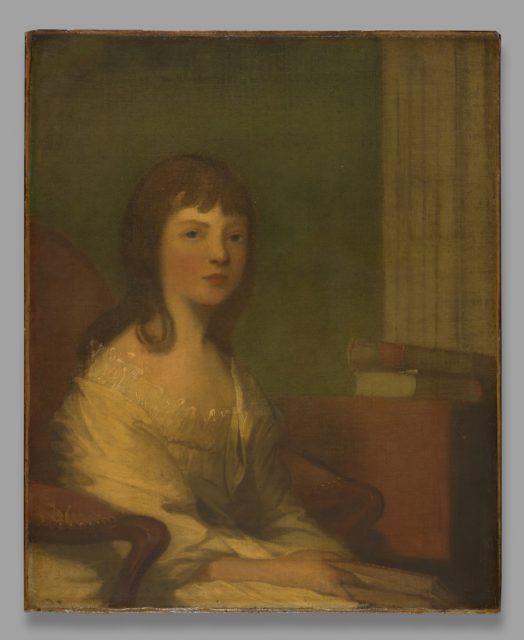
Theodosia was the daughter of the third American vice president, Aaron Burr. She was born June 21, 1783, in Albany, New York. Her mother was married and had five children before marrying Burr, and Theodosia quickly became her father’s pride and joy.
Burr raised her like the young men of the time. As the sole heir to carry on the Burr legacy, she received an extensive education – with the exception of religion. The two shared a special connection that Theodosia would treasure for the rest of her life, despite Burr’s scandals.
In 1794, Theodosia’s mother died. She was just 11 years old and suddenly had to manage the family’s household. For years she was expected to take care of her family’s residence, as it wasn’t until 1800 that she met her future husband, Joseph Alston, a wealthy plantation owner from South Carolina.
Aaron Burr vs. Alexander Hamilton
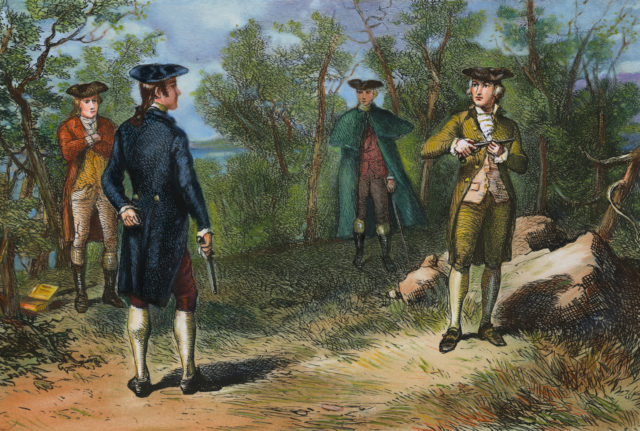
Also in 1800, Thomas Jefferson was elected to the presidency. Aaron Burr, then a US senator, became his vice president. He maintained this position until 1805. In his last year as vice president, his rivalry with Alexander Hamilton, former first secretary of the U.S. Treasury, reached a dramatic peak.
The two men had disagreed politically for years and their animosity boiled over into personal matters. Hamilton said some nasty things about Burr and in turn, Burr challenged him to a duel. On July 11, 1804, the two met in New Jersey for a good old-fashioned shootout.
In the end, Hamilton was left dead with a bullet wound in his abdomen, and Burr was wanted for murder. When he discovered the murder charges, he quickly fled to South Carolina where Theodosia was living with her husband.
Theodosia stayed by her father’s side
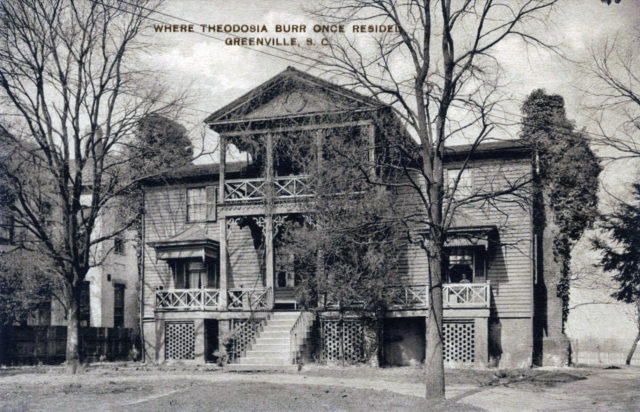
After he fled, Jefferson had Burr arrested for treason. He was brought to Virginia for the trial and Theodosia traveled with her husband to be there for her father. On September 1, 1807, Burr was acquitted of his charges. He became the target of public uproar, damaging both his own and Theodosia’s reputations.
By 1808, Burr could no longer handle the public aggression and fled to Europe. While he was away, Theodosia spent her time campaigning and advocating for her father’s peaceful return to the United States. In 1812, he finally returned to American soil.
Theodosia’s beloved child died
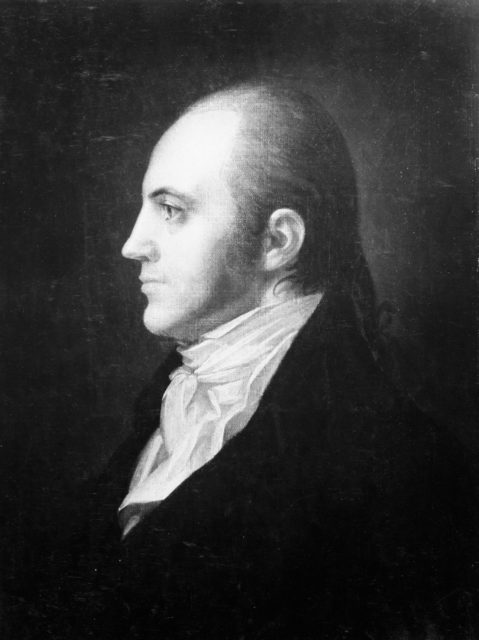
When Theodosia gave birth to her only son, Aaron Burr Alston, in 1802, she suffered a uterine prolapse. The traumatic birth left her in severe physical pain that she never fully recovered from. It also prevented her from having any more children, which only deepened her connection with her only son.
In 1812, the same year her father returned to America, her son died of malarial fever. This was a devastating blow for Theodosia. “There is no more joy for me,” she wrote. “The world is blank. I have lost my boy.” She was deemed physically unfit to travel shortly after the death of her child in June, but she planned to reunite with her father in New York later that year.
The Patriot was lost at sea
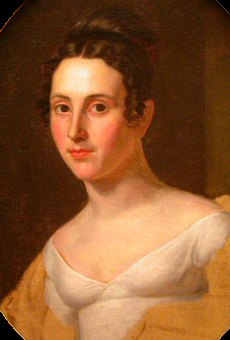
Theodosia’s husband Joseph had just become governor of South Carolina that December, so was unable to accompany her to visit her father. Instead, a friend of Burr’s, Dr. Timothy Green, joined her for the journey. On December 31st, they boarded a small schooner called the Patriot and departed from Georgetown, South Carolina. This would be the last anyone would see of Theodosia.
Expecting to embrace his daughter upon her arrival, Burr was concerned about the whereabouts of his daughter. When her husband caught wind that his wife had not yet arrived, he and Burr held out hope that Theodosia would eventually arrive. However, by February 24, they had given up.
“My boy and my wife – gone both!,” wrote Joseph to his father-in-law. “This then is the end of all the hopes we had formed.” Three years later, Joseph himself died.
Theories about Theodosia Burr’s disappearance
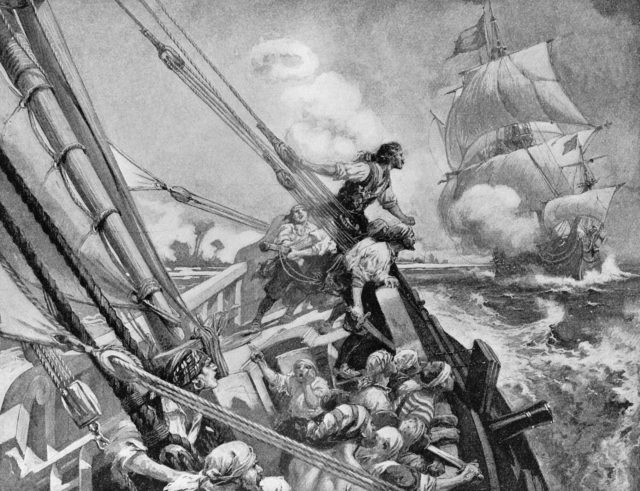
Theodosia’s disappearance sparked many theories and made headlines, even though her father refused to acknowledge any of the rumors about her fate. On June 23, 1830, a newspaper reported that two privateers aboard the Patriot had taken command of the ship, taken all of the possessions of the travelers, and sunk the ship, resulting in Theodosia’s disappearance.
Unfortunately, there were flaws in this account. The privateers said that the waters were rather calm for their voyage when, in fact, the weather was quite dangerous. Additionally, they said they had departed from Charleston when in reality the Patriot had left from Georgetown.
A confession was made by a man named Benjamin F. Burdick while on his deathbed. He claimed that he’d made Theodosia walk the plank to her death in the water below. This confession also had its flaws, as he said she was holding a Bible to her chest tightly before she dropped into the sea. Theodosia had never been religious, so this explanation for her disappearance was unlikely.
A mystery grave and the Nags Portrait
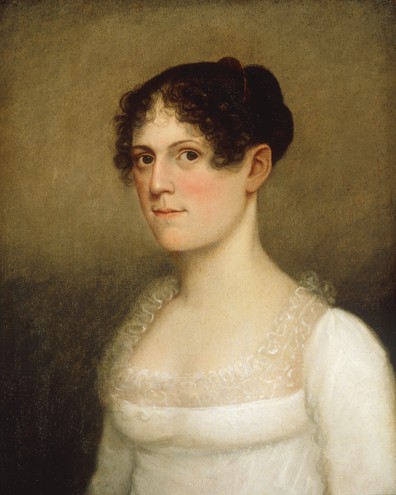
In Virginia, there’s a mysterious grave at St. Paul’s Episcopal Church that belongs to a “female stranger.” Apparently, a man and woman arrived at Gadsby’s Tavern in Alexandria, Virginia in 1816 and would not give any information as to their identities. The woman was very sick and reportedly died in Room 8 at the inn. Many people believe the couple to have been Theodosia and Dr. Green, though it’s never been confirmed.
Interest in the mystery of Theodosia’s disappearance continued for years. in 1869, Dr. William Pool came across a portrait of a woman in the home of a patient in Nags Head, North Carolina. The patient explained that the painting was found by her late husband inside a ship’s cabin on the shores of the Outer Banks.
Dr. Pool was convinced it was Theodosia and accepted the painting as payment for his visit. He then took it to ancestors of the Burr and Alston families to try and authenticate it. Unfortunately, the families could not agree on whether it was or was not it was their Theodosia.
A simple explanation is most likely
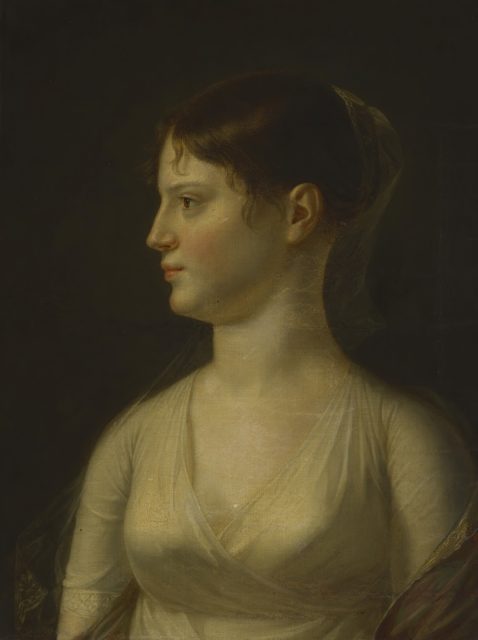
The mystery of Theodosia’s disappearance was never truly solved, but it’s likely that it has a very simple explanation. When she left for New York, the weather and the waters were very dangerous. Heavy storms plagued the Outer Banks off the coast of North Carolina.
More from us: The Mysterious Disappearance of Agatha Christie: Amnesia or Hoax?
It is probable that between January 2nd and 3rd, 1812, the Patriot got stuck in a fierce storm that resulted in its sinking. No one from the wreck survived, but all of the bodies were later found – except Theodosia’s.
